Named after his daughter, the Philippe Starck Ara lamp is an iconic example of the 80’s brush up on “hard” lamp design—by that is meant the style begun by FLOS in the 50’s, stepped up in the 70’s and with Starch’s Ara lamp, it takes on a more rigid, business-like attitude. With the luminaire industry becoming more competitive as a business, Starck’s idea was to get back to the craftsman approach and make an appeal to the individual connoisseur. However, he began by making his way into the hotel industry when Ian Schrager, former co-owner of Studio 54, commissioned him to remodel the Royalton Hotel in New York. Diameter: 7″ Height: 18″ Material: Stainless Steel Light bulb: GU10 50W x 1 (Price does not include light bulb) While changing the hotel industry into a “boutique” model that catered to the rich and famous, Starck was busy designing the accoutrements that distinguished the style. His Ara lamp was a design that sought to repeat the clean lines and simple shapes he had implemented in his interiors work. The lamp was designed to fit user needs and Starck responded by first making the lamp’s height adjustable with a flexible stem. Using tapered, tubular steel in a polished, chrome-plated finish, he designed a base that was pressed, polished and chrome-plated to match. The Ara light had a lightweight base and stem, but the lamp housing was too heavy for them. His solution was to use a lead weight in the base. He decided to design the die-cast head of Zamak’s metal alloy. The pressed glass diffuser was a new idea and made the lamp function better as the light spread over the surface evenly as opposed to projecting a focused spotlight effect. The Philippe Starck Ara lamp became so popular there were copies and altered designs that began to flood the market. Everything from metal to plastic and/or fiberglass for the shade that became less horn-like and more lampshade shaped, elongated, but nevertheless a familiar shape. Starck’s Ara light included a clever device that turned the lamp off by moving the lamp housing up and down. Imitator’s quite often used a spring-switch located at the narrower end of the shade where it connected to the stem. The elegance was missing with this knock-offs. Because the lamp was made to use a high-powered bulb, a transformer was necessary to step up the electrical amps. Starck’s lamp was truly a functional masterpiece that left a standard to follow which few could or would achieve. And so, today, Starck’s Ara lamp is a truly valuable collector’s item. This is a high-quality reproduction of the design.
100% Customer Satisfaction Guaranteed
We are confident you will love your new furniture from Regency Shop. However, if for any reason you want to return your items, we offer a 14 day RISK-FREE, 100% Satisfaction Guarantee on your purchase, unless otherwise noted, with a return authorization number. We will happily accept your return, however the product must be returned in its original (new) condition, with original packaging, and the customer is responsible for return shipping charges. The original freight charge is non-refundable and there will be 15% restocking fee for all products. Our products are offered with free shipping, so please be aware that if you return one of these products our actual outbound shipping costs will still be deducted from your return refund. All local pick up sales are final and return policy will not apply.
If your shipping address is a "beyond point" then a shipping surcharge may apply. Beyond Point surcharge is calculated by the shipping companies. Beyond points are usually defined by difficult access points, narrow roads, gated communities, islands, rural areas or mountains. There is no way for us to ascertain a "beyond point" until we get shipping quotes from our shipper. We will contact you if your shipping address comes up as a "Beyond Point".
PLEASE FULLY INSPECT YOUR SHIPMENT.
SHIPPING:
Items will typically ship within 2 business days of payment and arriving in 3 to 5 business days your curb. We will send you your tracking number immediately upon shipment. Please remember that the basic shipping for all furniture includes delivery to your curbside, not inside your home. We advise scheduling someone to help you carry your new furniture into your home.
DAMAGE RETURNS:
Damage claims must be reported within 24 hours of delivery. A picture of the damaged item is required, no exceptions. Pre-authorized returns only. Item can only be exchanged for the same item, no refunds are issued.
INTERNATIONAL SHIPPING:
We ship all across the globe.
There is a $99 or more surcharge per item for shipping to Canada, Alaska and Hawaii.
Per-item shipping for most items outside the U.S. is as follows:
By Sea: Shipping $699: Lead-time: 10-15 days
By Air: Shipping $999: Lead-time: 2-5days
Please contact us us for details.
LOCAL PICKUPS
Call us for discounts! Local pickups offer discounts of upto $150 per item!
We offer the convenience of local pickups to customers in the southern California area. Please contact us us directly to schedule a pick up time and to learn about further discounts.

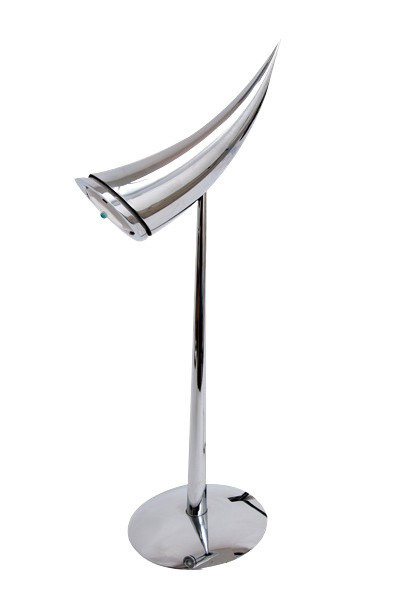
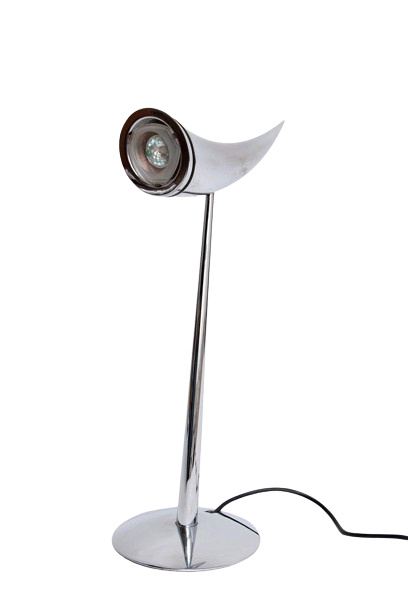
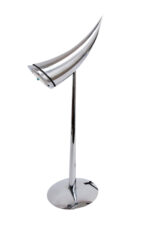
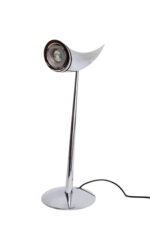

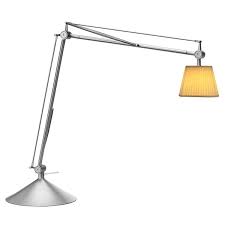
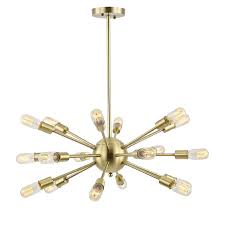

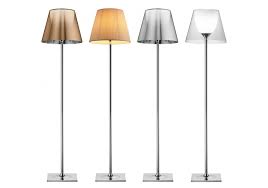
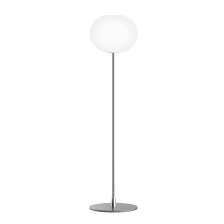
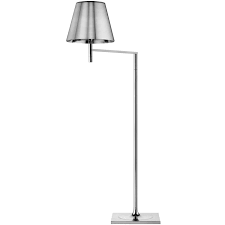
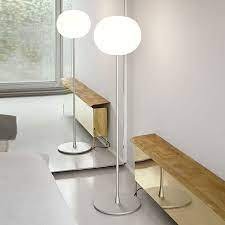
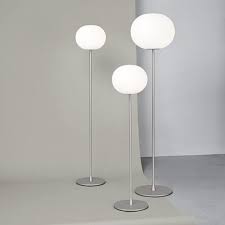

Reviews
There are no reviews yet.